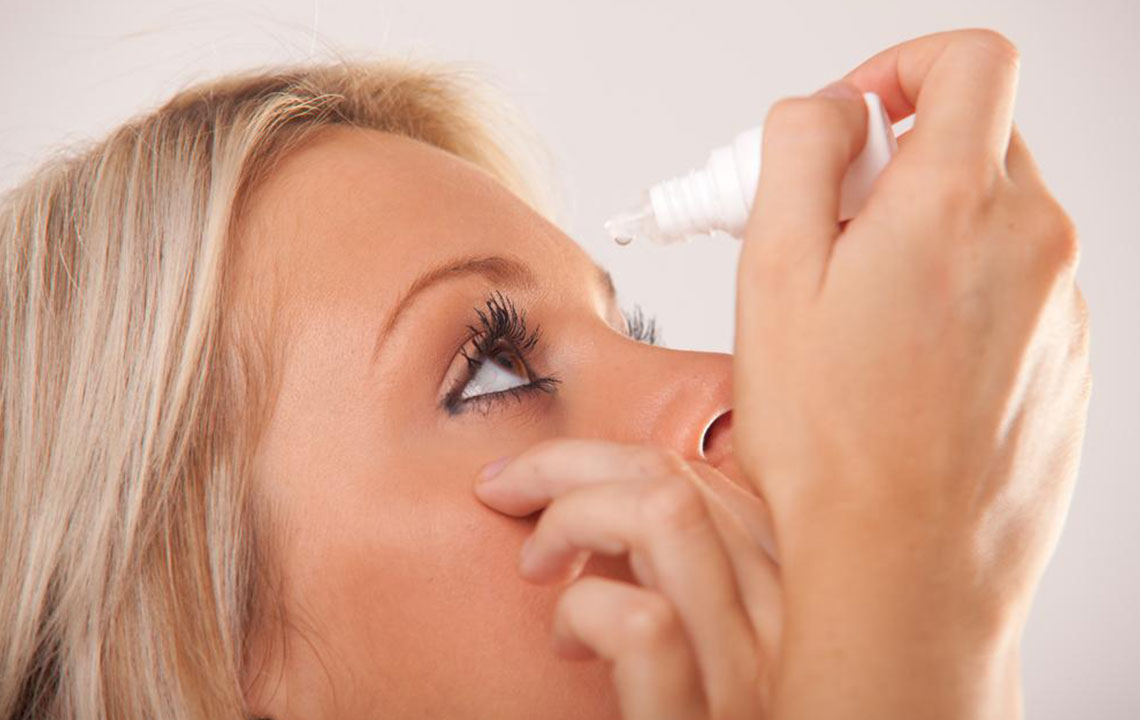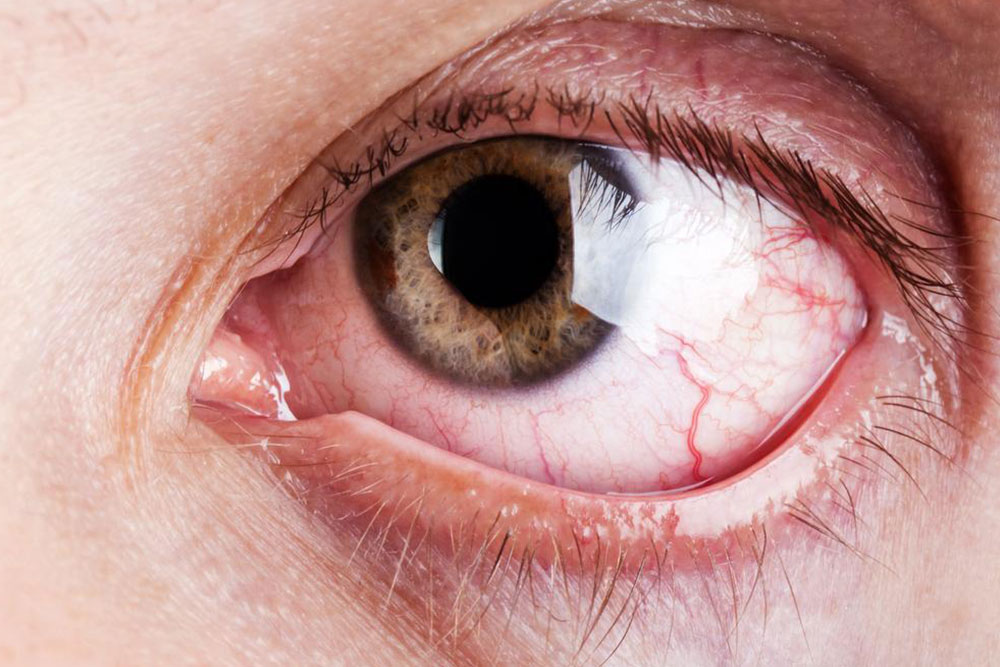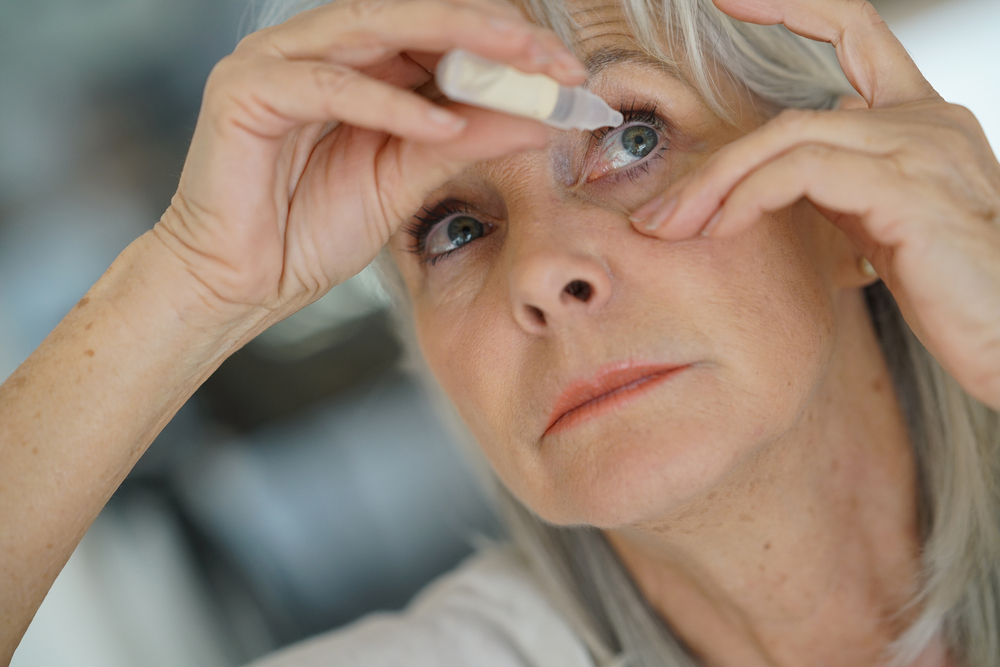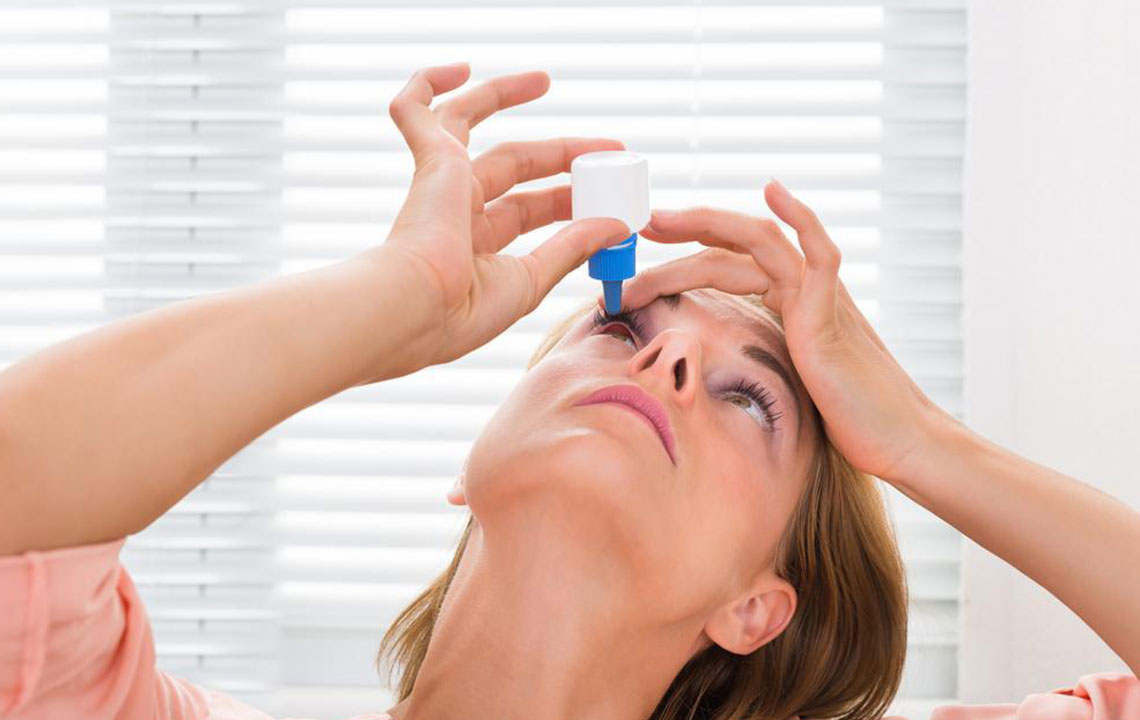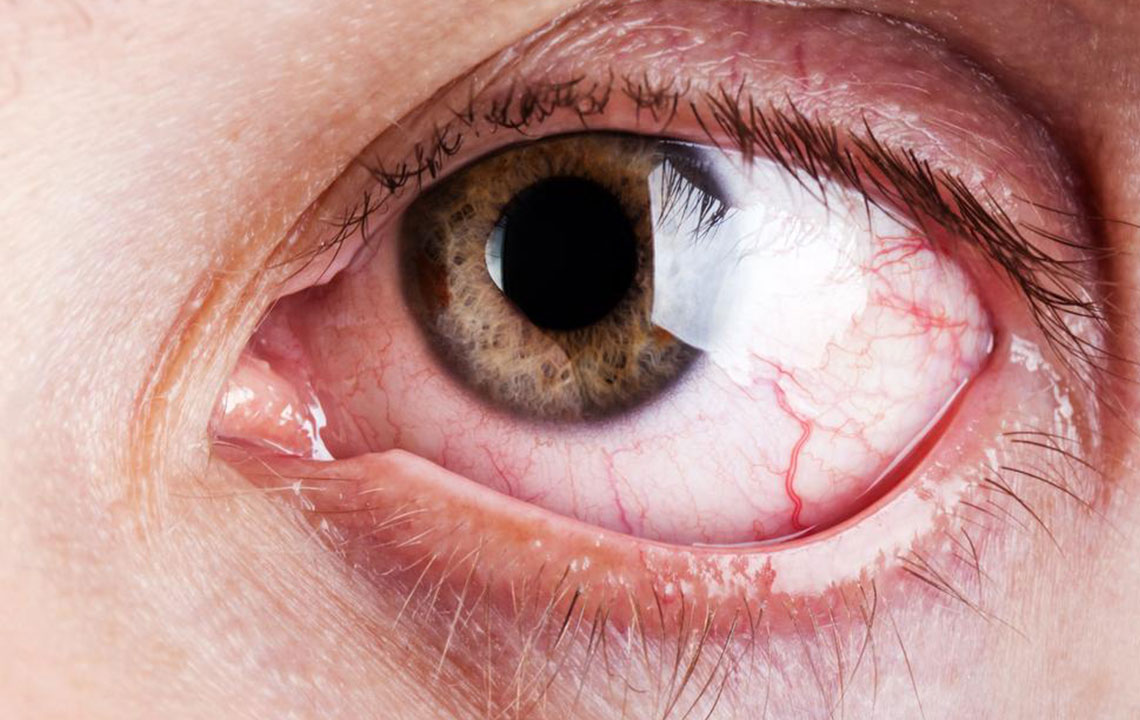Comprehensive Guide to Identifying and Managing Dry Eye Syndrome Symptoms
Dry Eye Syndrome, also known as keratoconjunctivitis sicca, affects millions worldwide, especially those over 50. Recognizing symptoms such as burning, itching, redness, blurred vision, and foreign body sensation is crucial for early diagnosis. Factors like prolonged screen time, aging, hormonal changes, and environmental influences contribute to the condition. Proper identification and management through lifestyle changes, eye care products, and medical advice can prevent serious complications. This comprehensive guide helps you understand symptoms, causes, and effective treatments to maintain optimal eye health and prevent long-term damage.
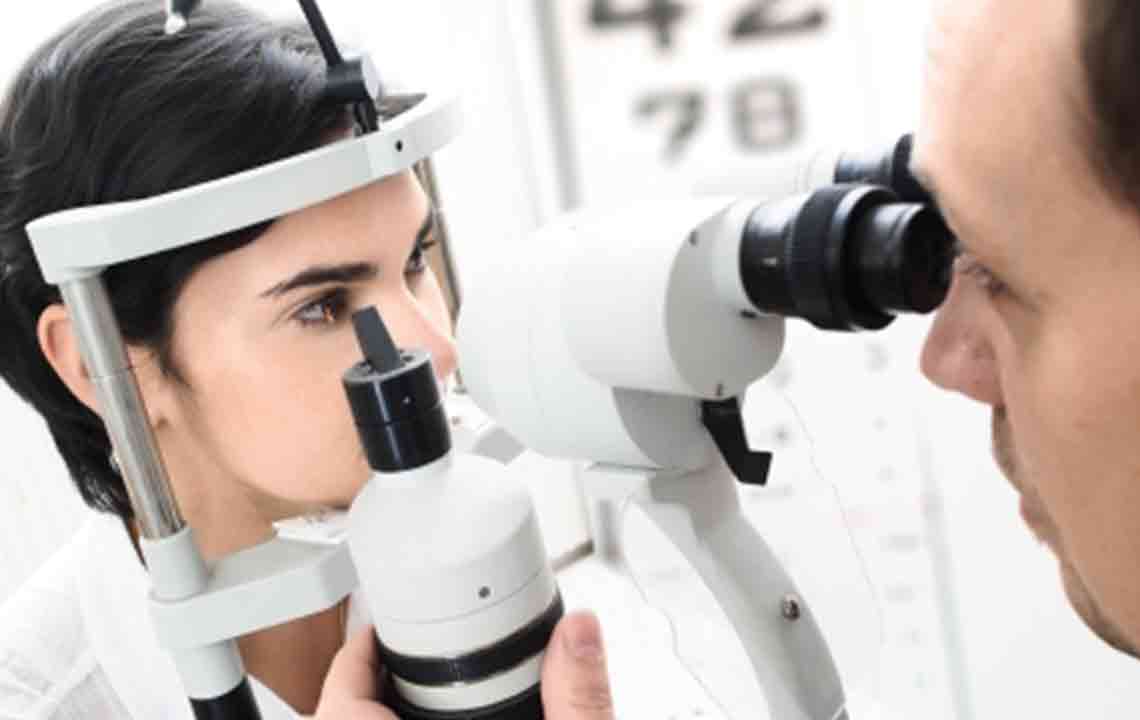
Understanding and Recognizing Symptoms of Dry Eye Syndrome
Dry eye syndrome, medically known as keratoconjunctivitis sicca, is an increasingly common ocular condition that affects millions of individuals worldwide. Characterized by inadequate tear production or poor tear quality, this condition results in insufficient lubrication of the eye surface, leading to discomfort, visual disturbances, and potential damage to ocular tissues. Recognizing the early signs and symptoms of Dry Eye Syndrome is essential for timely intervention and preventing long-term complications.
Recent epidemiological research indicates that nearly 50% of adults experience episodes of dry eye, making it a significant public health concern. The prevalence is particularly high among individuals over the age of 50, with projections suggesting that the number of affected persons could reach upwards of 30 million globally. Women tend to be more susceptible to dry eye issues than men, especially post-menopause, highlighting hormonal influences on tear production and eye health.
Understanding the causes and risk factors behind dry eye is equally important. Factors contributing to the development of dry eye include prolonged exposure to digital screens such as computers and smartphones, contact lens usage, advancing age, hormonal changes associated with menopause, and environmental influences like dry or windy conditions. Modern lifestyles involving indoor heating and air conditioning can exacerbate dryness, while outdoor pollution and UV exposure also play roles. Additional contributors encompass frequent air travel, smoking, underlying systemic health conditions such as autoimmune diseases, and the use of certain medications that reduce tear production.
Symptoms of Dry Eye Syndrome can be diverse and often impact daily life significantly. Common signs include persistent burning, itching, and soreness of the eyes, alongside sensations of heaviness or fatigue in the eyelids. Redness of the conjunctiva and light sensitivity are also typical symptoms. Many patients experience blurred vision and a foreign body sensation, feeling as if something is constantly in the eye. Paradoxically, some individuals may develop excessive tearing—a response to ocular irritation—further complicating diagnosis. Additionally, eye irritation, discomfort, and a sensation of grittiness are not uncommon, often leading sufferers to rub their eyes frequently.
Early recognition of these symptoms is vital to prevent irreversible damage to the corneal and conjunctival tissues. Chronic dryness can lead to complications such as corneal ulcers, scarring, or even vision loss if left untreated. Fortunately, there are numerous management strategies available, including eye drops, lifestyle modifications, and environmental adjustments. Adopting healthy habits, such as reducing screen time, ensuring proper hydration, and maintaining appropriate humidity levels indoors, can substantially improve symptoms. For those with persistent issues, consulting an eye care professional for tailored treatments like prescription eye drops or lifestyle advice is highly recommended.
In conclusion, acknowledging the signs of dry eye syndrome early and understanding its underlying causes can greatly enhance an individual's eye health and overall quality of life. With advancing research and increasing awareness, effective management and prevention strategies continue to improve, helping millions maintain clear, comfortable vision and eye comfort daily.
